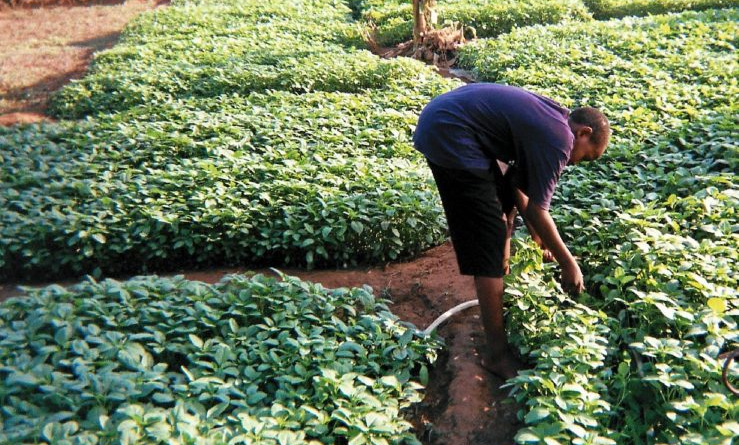Climate Risks and Data Analytics: How to Mitigate the Effects of Floods
As the effects of climate change become more and more apparent, it is important to understand the risks posed by extreme weather events such as floods. This is especially true for the agricultural industry, which is often hit hard by floods. In the lead up to the Christmas period, floods have caused major disruptions to the supply of vegetables for restaurants.
Floods can have a devastating impact on the agricultural industry, as they can damage crops and disrupt the supply chain. In the case of the restaurants mentioned in the article, the floods have caused major disruptions to the supply of vegetables, with anything that is leafy or green being particularly affected. This is due to the fact that these types of vegetables take a long time to grow and are particularly vulnerable to flooding.
In order to mitigate the effects of floods, it is important to understand the risks posed by extreme weather events and to develop strategies to reduce their impact. Data analytics can be a powerful tool in this regard, as it can provide insights into the potential risks posed by floods and other extreme weather events. By analyzing historical data, it is possible to identify patterns and trends that can help to predict the likelihood of floods in certain areas. This can then be used to inform decisions about where to plant crops and how to protect them from floods.
Data analytics can also be used to develop strategies for responding to floods. For example, data can be used to identify areas that are likely to be affected by floods, so that farmers can take steps to protect their crops. Additionally, data can be used to identify areas that are likely to be affected by floods, so that farmers can take steps to protect their crops.
Finally, data analytics can be used to develop strategies for responding to floods. For example, data can be used to identify areas that are likely to be affected by floods, so that farmers can take steps to protect their crops. Additionally, data can be used to identify areas that are likely to be affected by floods, so that farmers can take steps to protect their crops.
In conclusion, floods can have a devastating impact on the agricultural industry, and it is important to understand the risks posed by extreme weather events and to develop strategies to reduce their impact. Data analytics can be a powerful tool in this regard, as it can provide insights into the potential risks posed by floods and other extreme weather events. By analyzing historical data, it is possible to identify patterns and trends that can help to predict the likelihood of floods in certain areas, as well as to develop strategies for responding to floods. This can help to mitigate the effects of floods and ensure that the agricultural industry is better prepared for extreme weather events.


This is an excellent article. I’ve had a lot of positive experience with using data analytics to mitigate the effects of floods – it’s been really effective in helping to protect crops and reduce disruptions to the supply chain.